Deaths raise questions on safety of high school football
![A recent LA Times article states that the latest research finds that football helmets, which have been designed largely to prevent skull fractures and brain contusions, arent all that effective against concussion, which [a]happens when the brain bounces and twists around inside the skull.](https://www.chsperiscope.com/wp-content/uploads/2014/11/untitled12-e1415814712785.jpg)
A recent LA Times article states that “the latest research finds that football helmets, which have been designed largely to prevent skull fractures and brain contusions, aren’t all that effective against concussion, which [a]happens when the brain bounces and twists around inside the skull.”
While football is known for being a rough, injury-inducing sports, most athletes do not go out onto the field thinking that they might die. Unfortunately, this possibility has become reality numerous times this year.
Nine high school football players so far in this 2014 season have died due to tragic hits on the field during games and practices, heart conditions, and heat-related deaths. It is the most since 1982. Three of those deaths happened in span of a week.
During the first week of October, Demario Harris from Troy, Alabama and Tom Cutinella from Long Island, New York both passed away after being part of a tackle and in North Carolina, Isaiah Langston’s death is undetermined but is believed to be the result of a blood clot in his brain, according to USA Today High School Sports.
All three of those boys and others who passed have similar stories. They had a head injury during a game or practice and died due to severe concussion.
Time Magazine writer Sean Gregory covered a story on another high school football player, Chad Stover. In 2013, Stover went for a tackle and hit his head hard onto the ground. Running to a team huddle and then coming back onto the field to get ready for another play. As they lined up to play, Stover collapsed into his best friends arms and died at a nearby hospital.
National Center for Catastrophic Sport Injury defined a catastrophic injuries as “fatalities, permanent disability injuries, serious injuries (fractured neck or serious head injury) even though the athlete has a full recovery, temporary or transient paralysis (athlete has no movement for a short time, but has a complete recovery), heat stroke due to exercise, or sudden cardiac arrest or sudden cardiac or severe cardiac disruption.”
Another catastrophic injury other than a serious head injury is an undetected heart condition. This topic may hit home for some people at CHS. In 1980, Jay Hodge collapsed and died on the Gene Evans Gymnasium court, due to a undetected heart injury.
Elswhere in Pennsylvania, in 2011, Samuel Gett collapsed in his dorm room on the second day of football camp at Reading High School. He later died at a hospital. According to The Carlisle Sentinel’s Cumberlink, the autopsy showed that Gett “died from natural causes, specially an enlarged heart.” The heat could have also been a factor.
As this becomes a big topic in the sports world, it is being covered up by other stories. Athletes need to know when you or a teammate should sit out after being hit in the head or if something is not right.
We will be going more in-depth with this story for our winter magazine issue. Please share your thoughts with us in the comments below; you may be featured in our article!
Want to help the Herd? Please consider supporting the Periscope program. Your donation will support the student journalists of CHS and allow us to purchase equipment, send students to workshops/camps, and cover our annual website hosting costs.

This is Justine Douglas’s second year on staff and writes in the sports section. She is a senior and plays on the school basketball team. Justine enjoys...













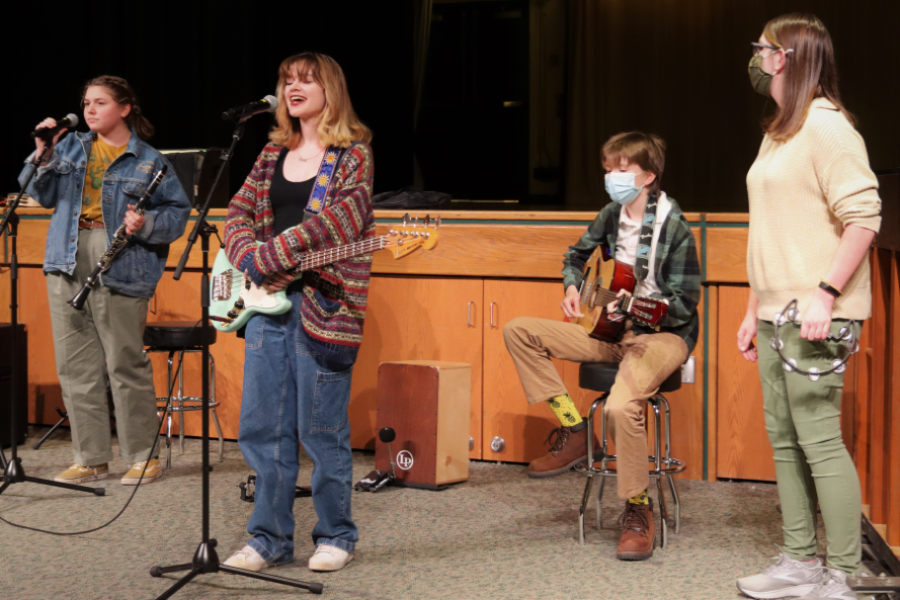


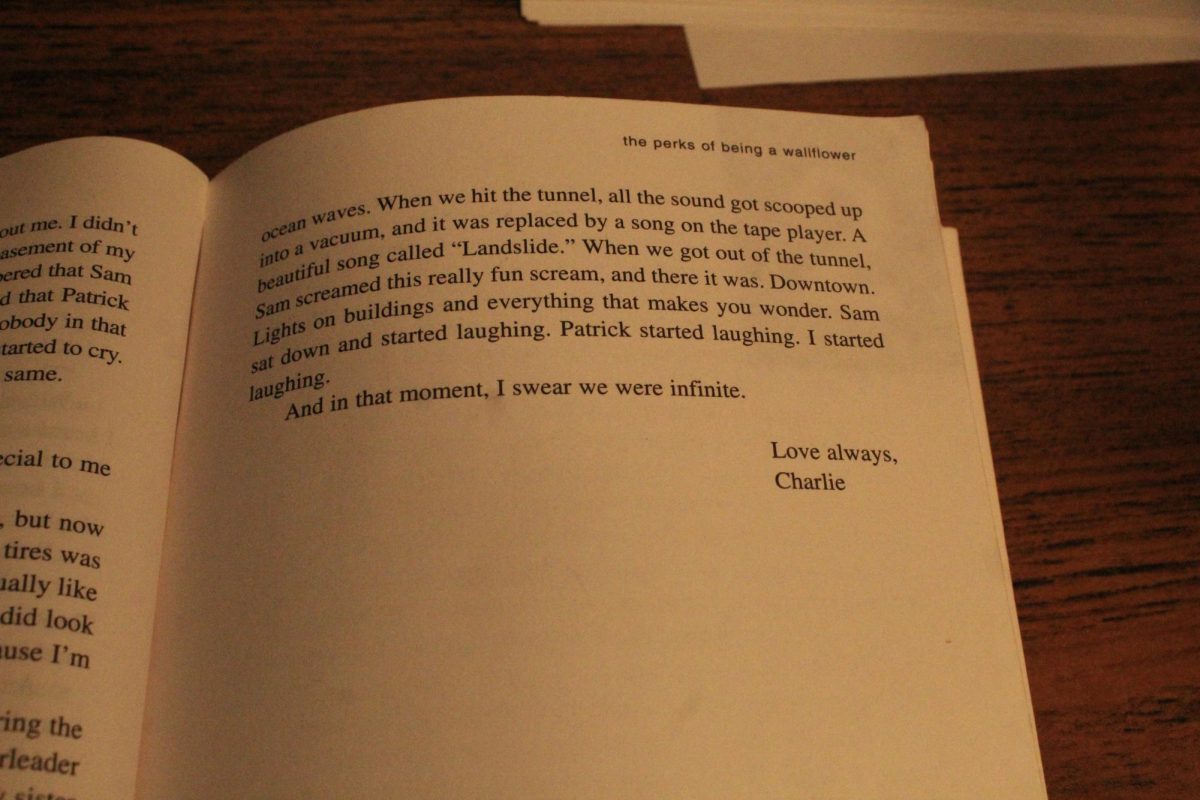





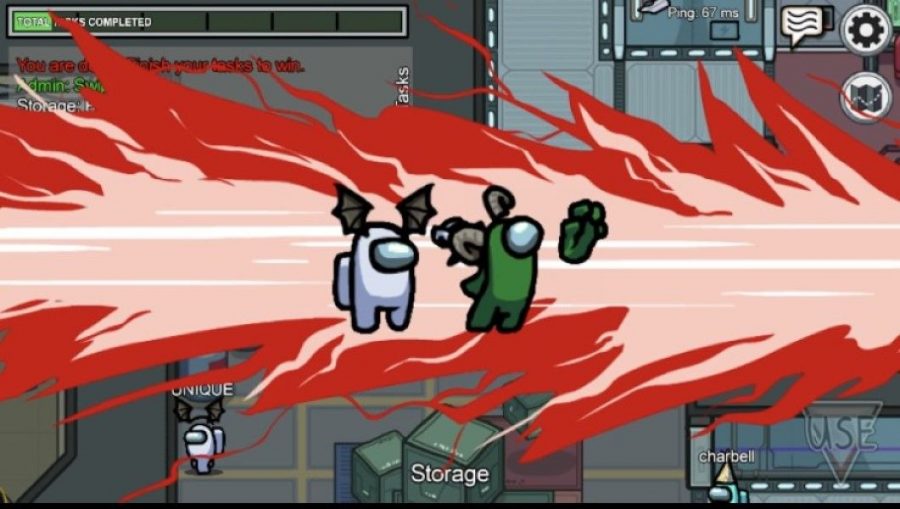
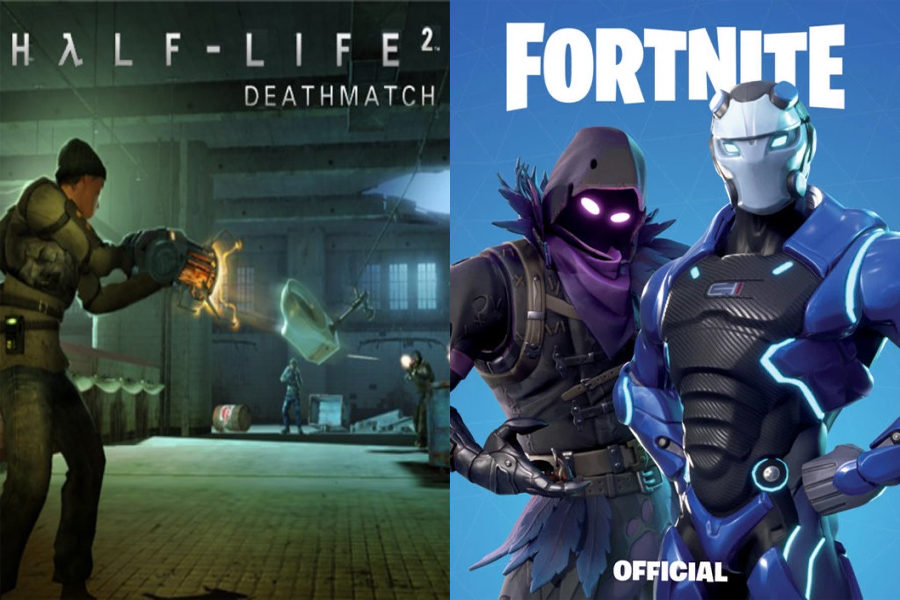






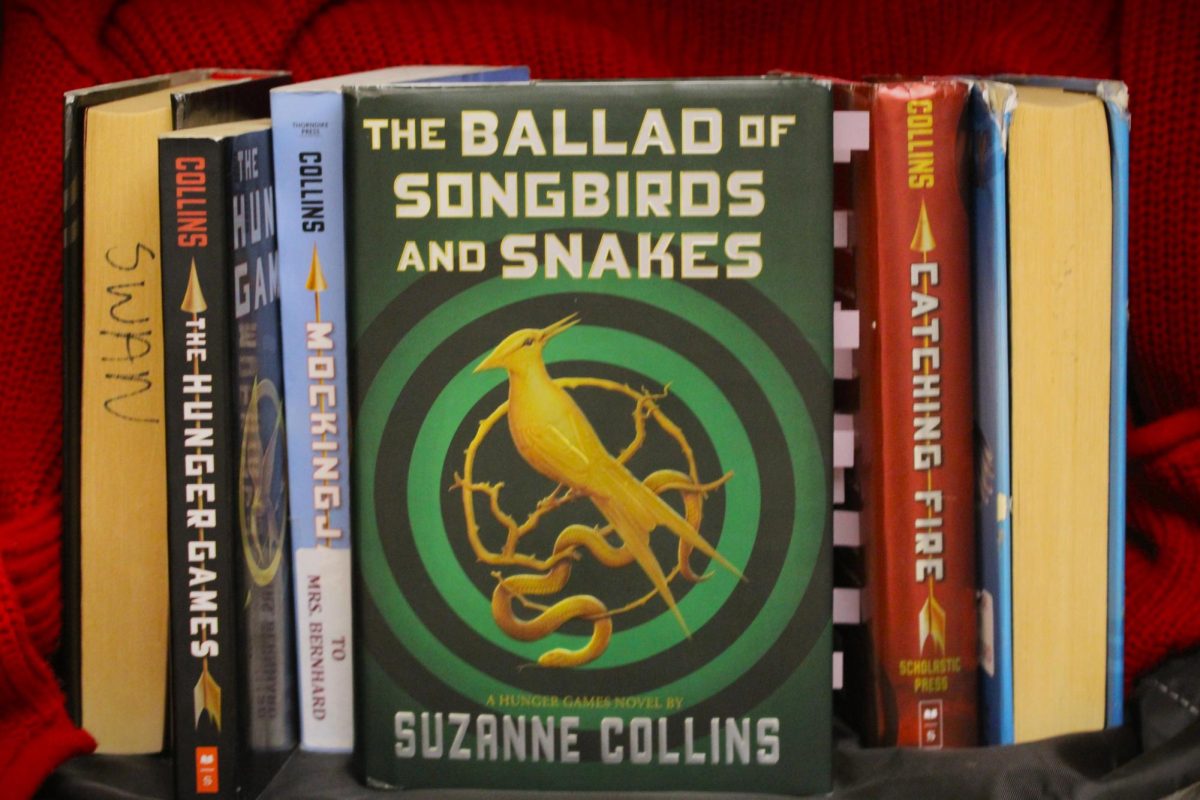
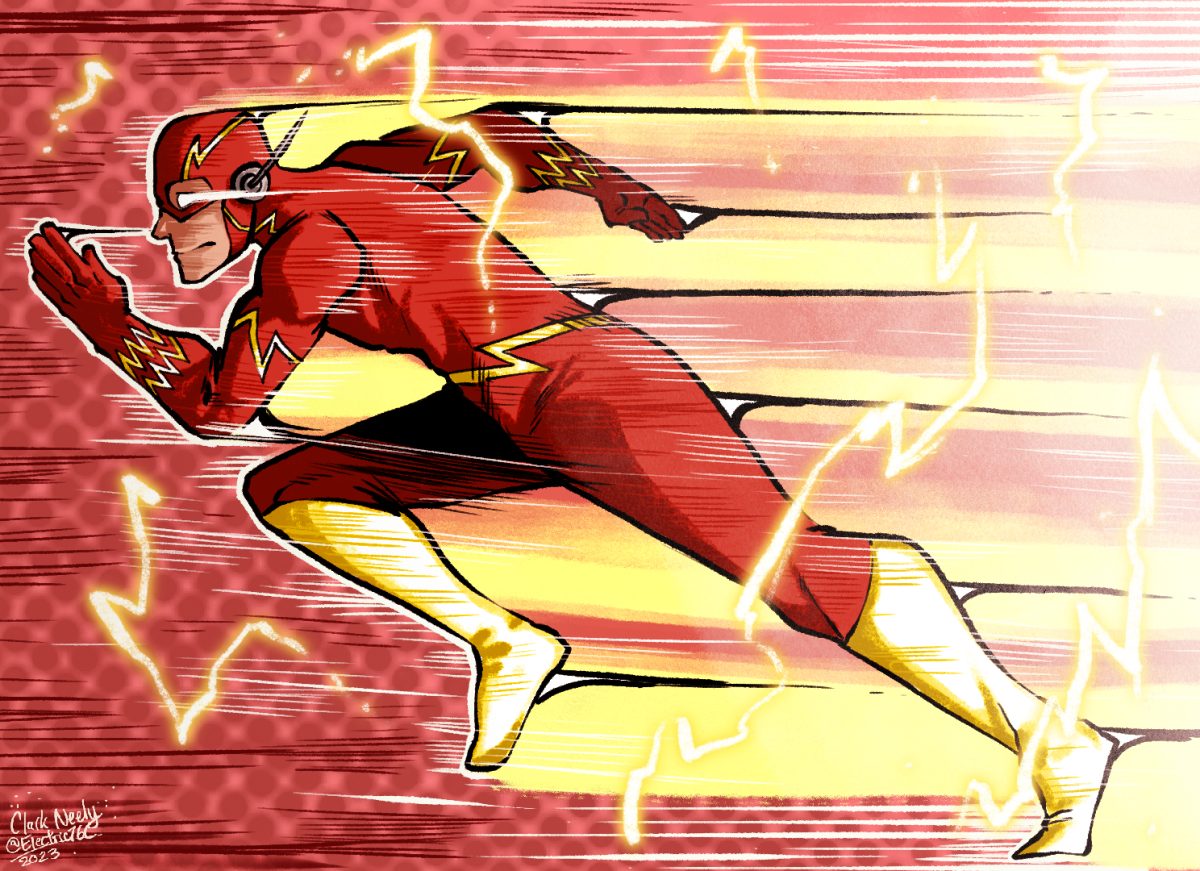















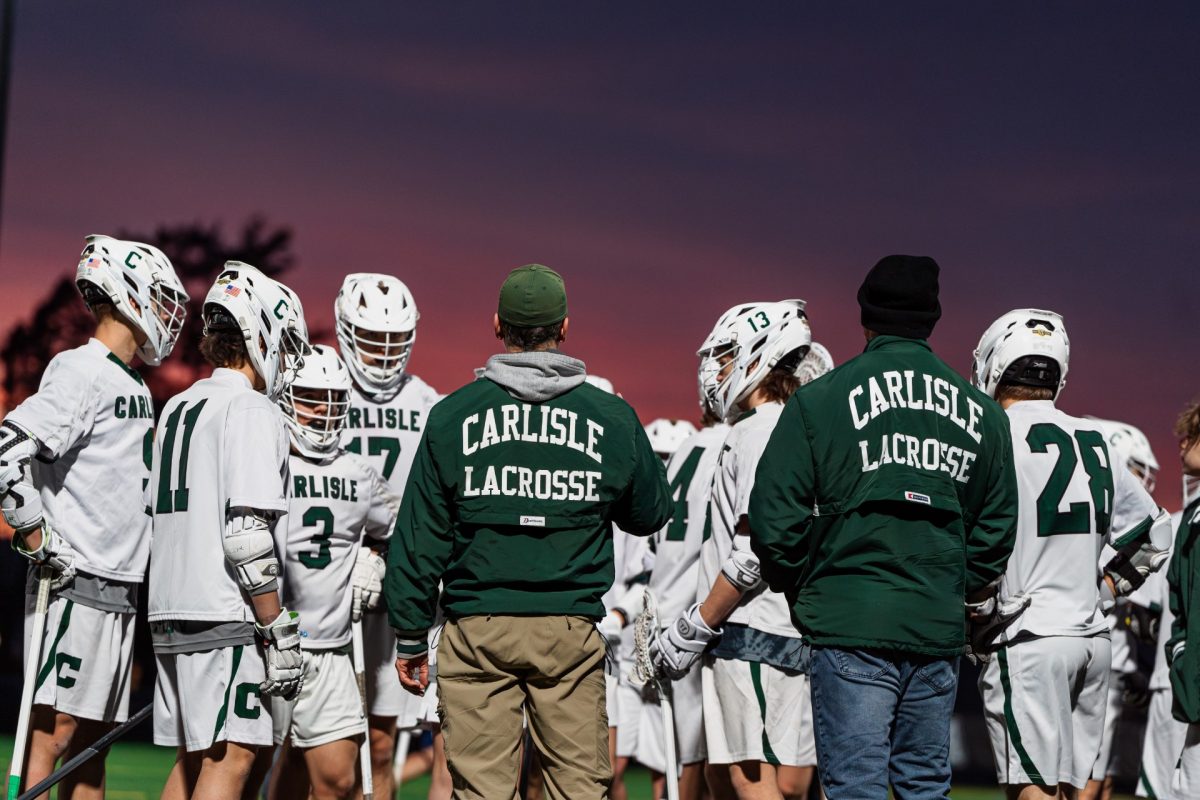
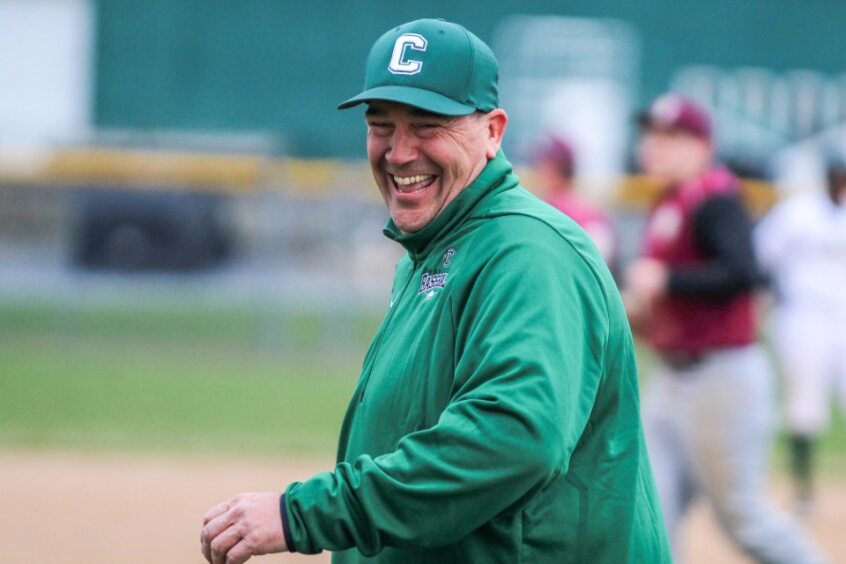
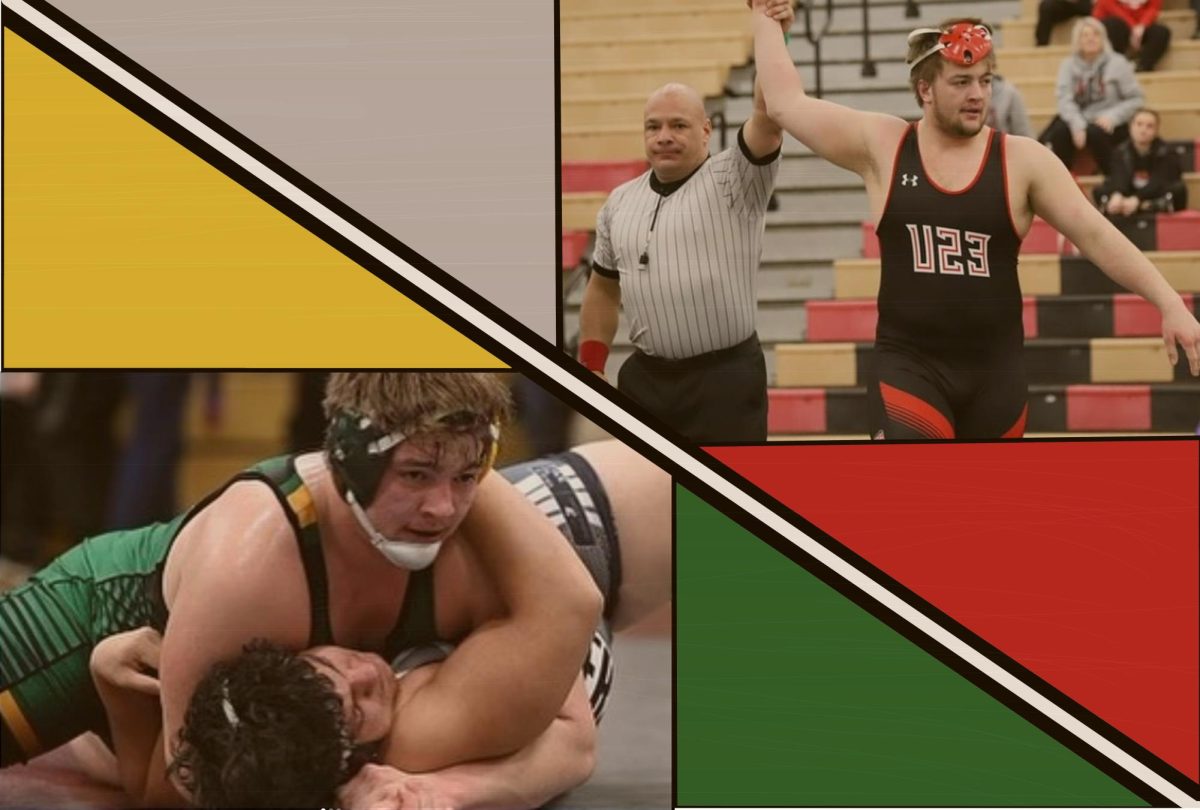

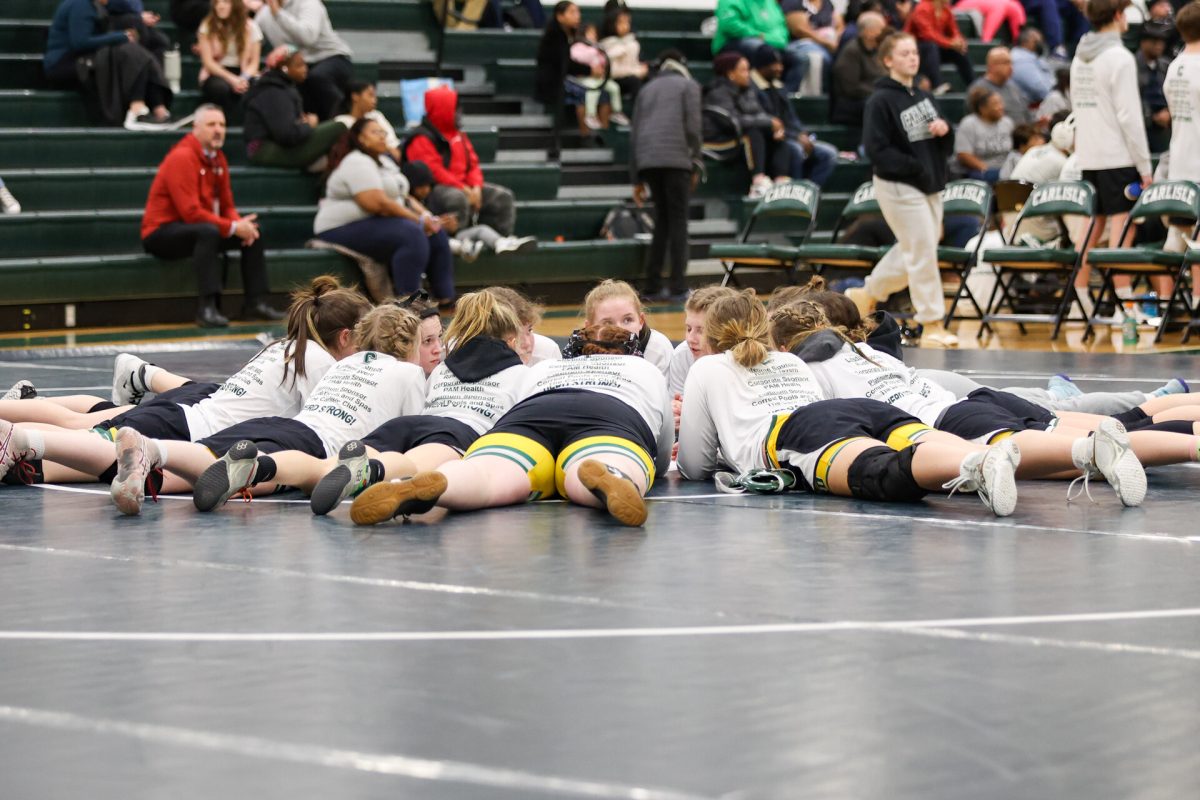
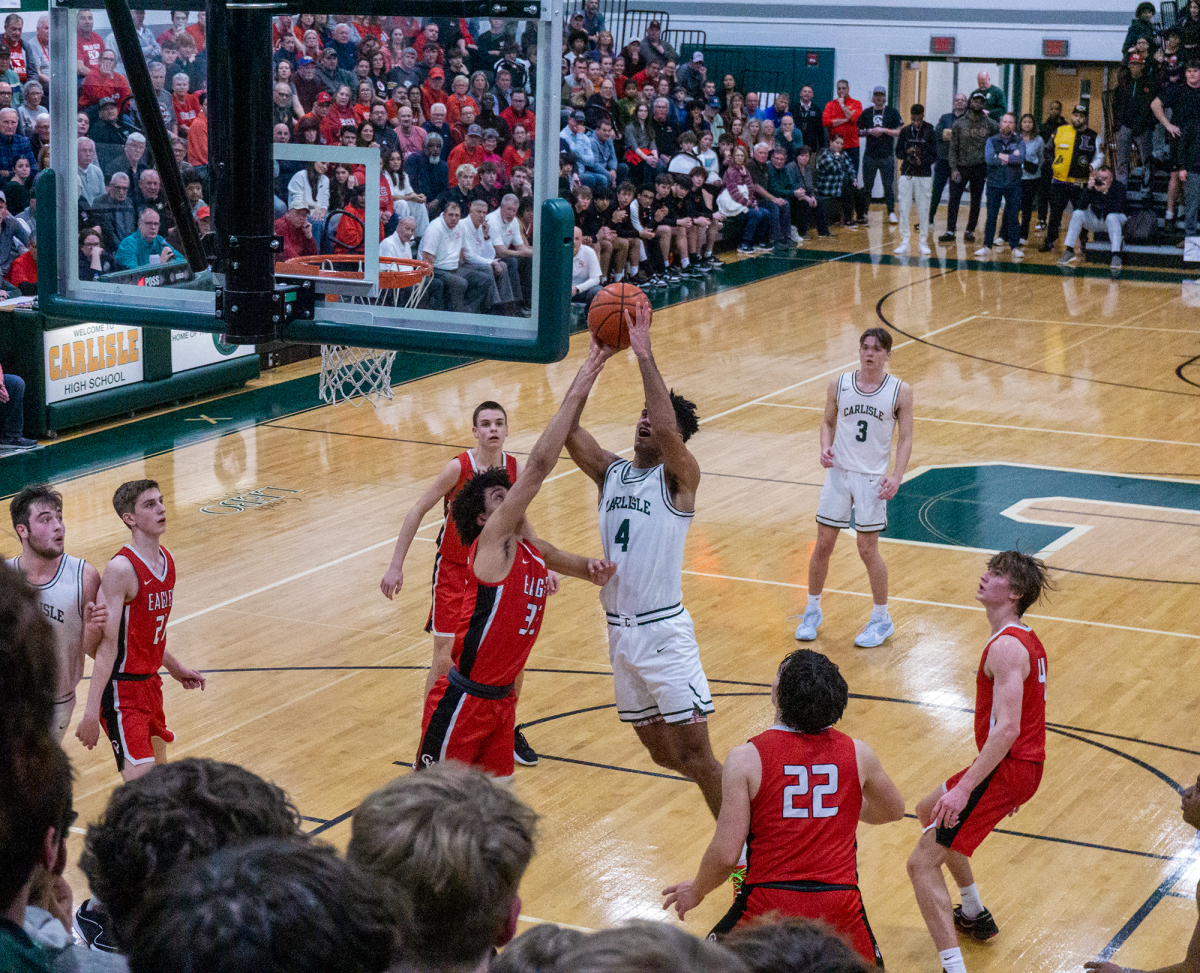




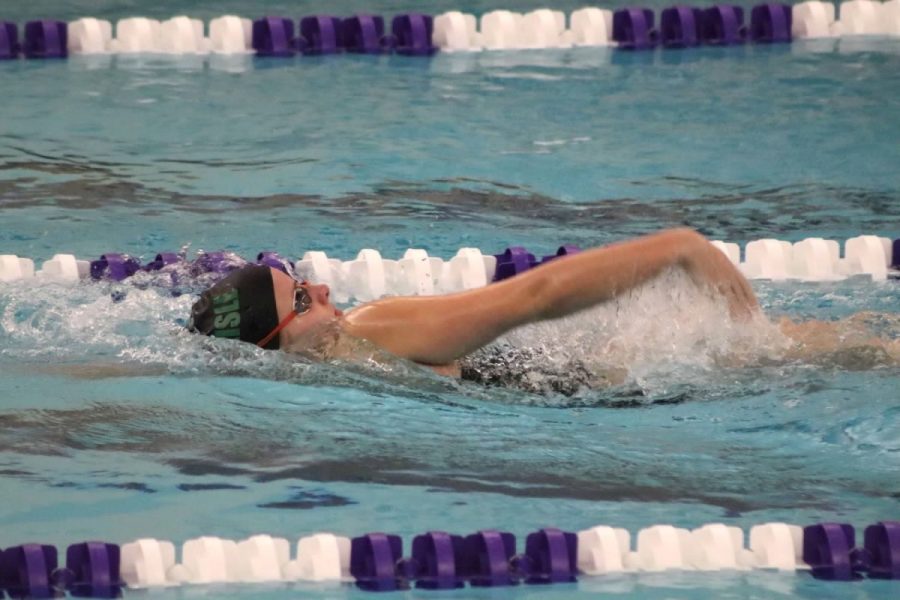


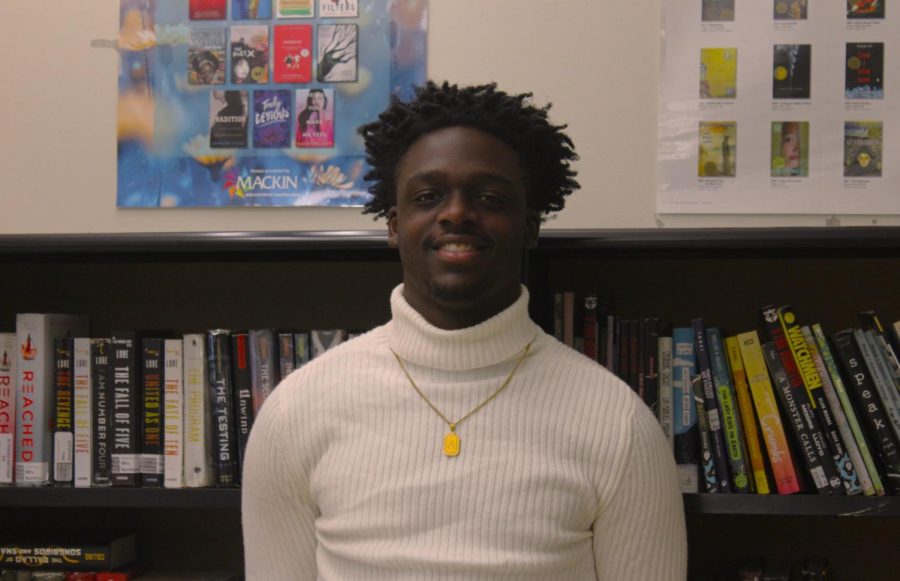




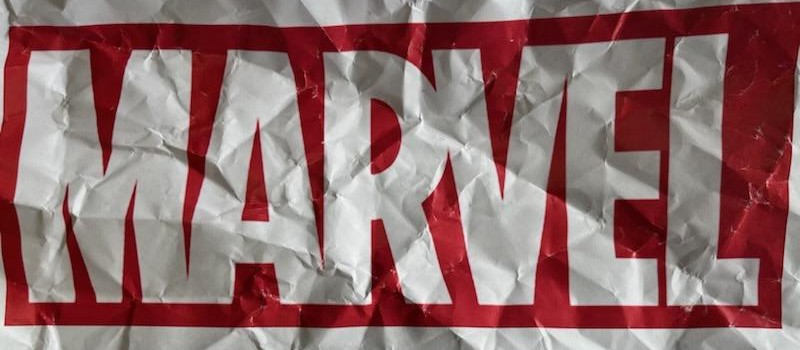




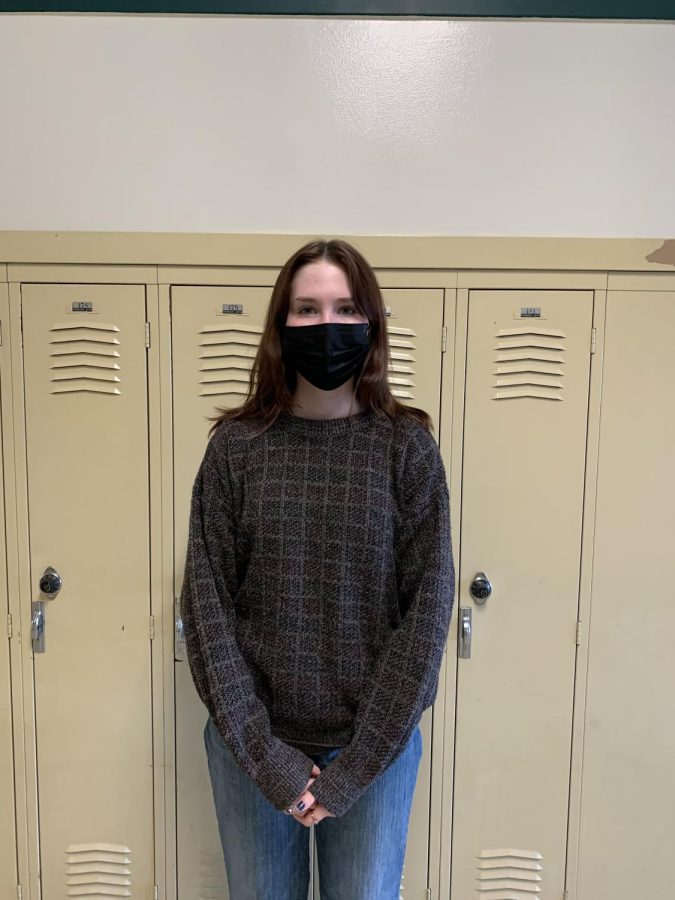
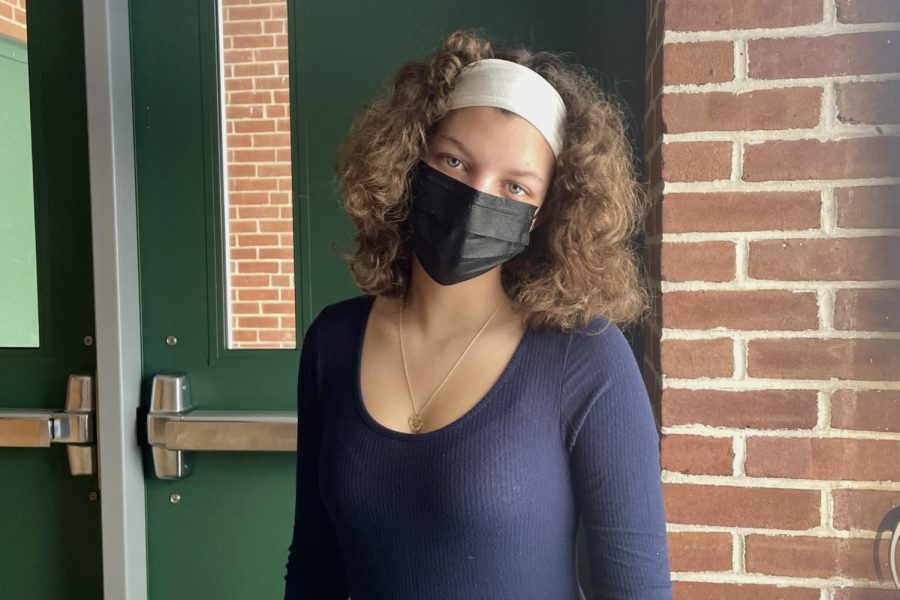
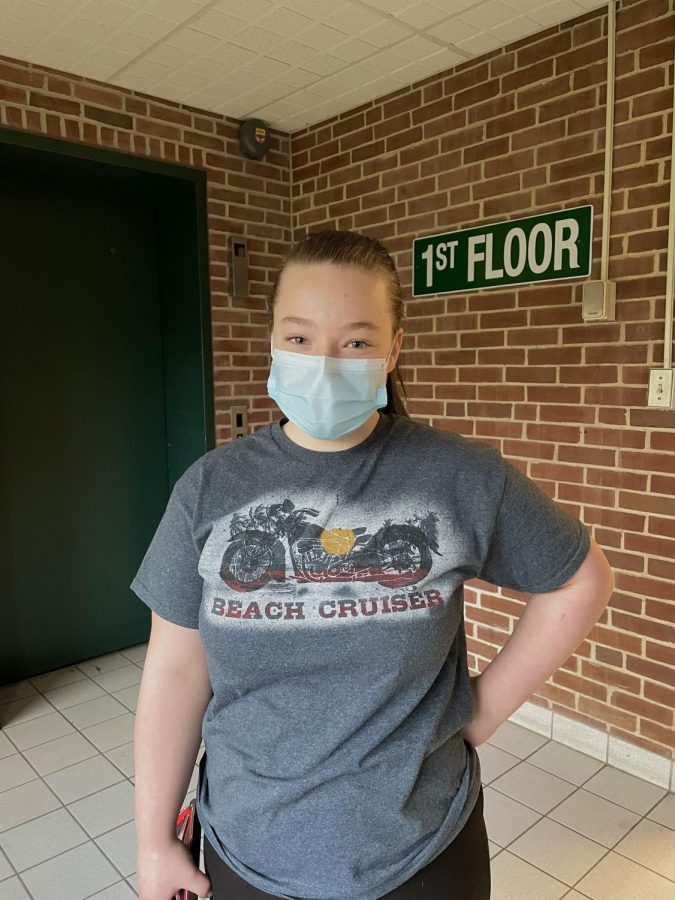


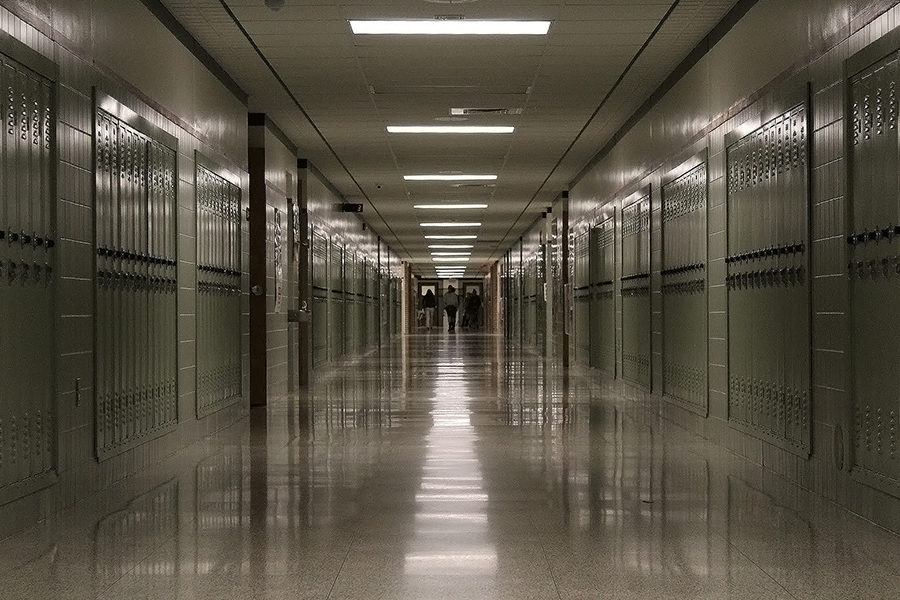











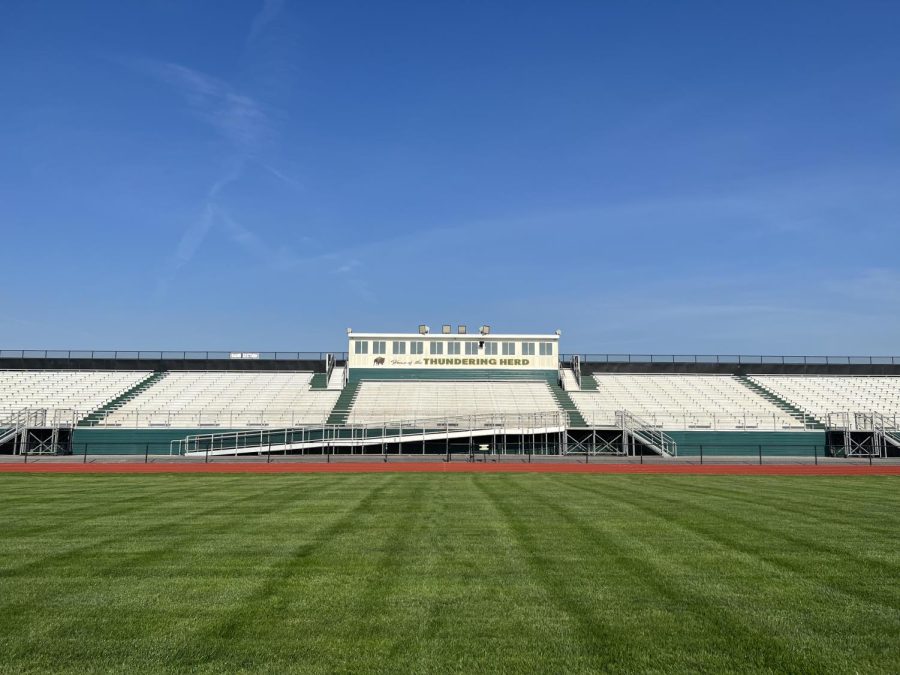





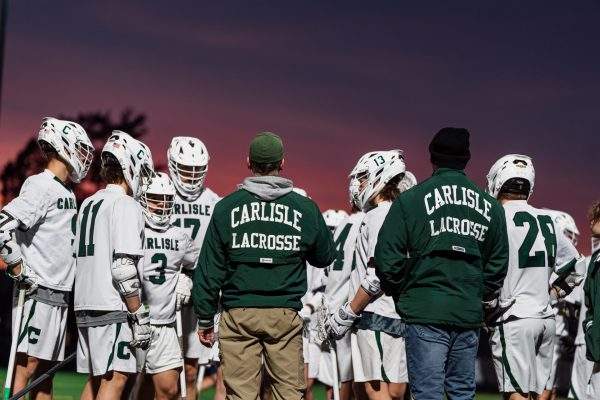
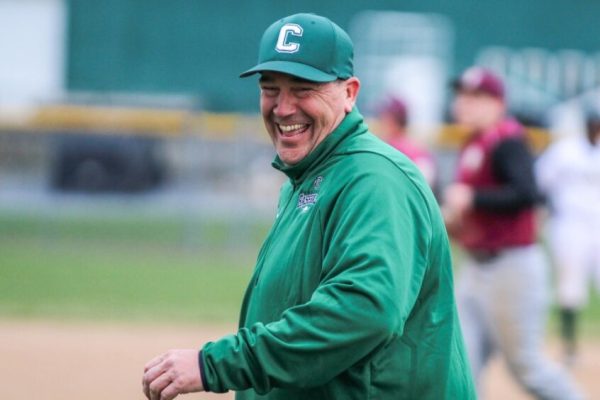
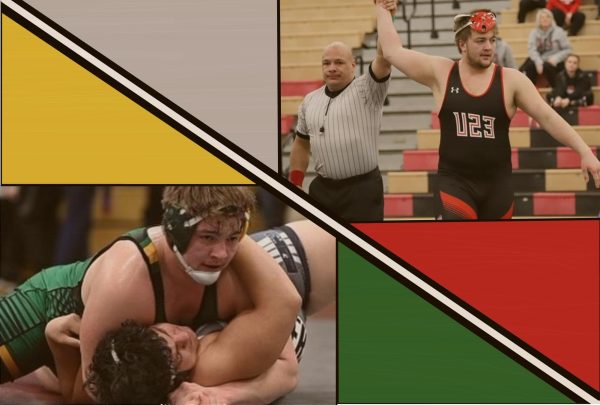

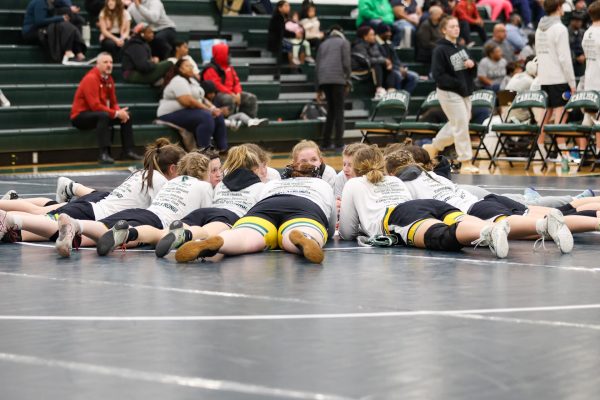
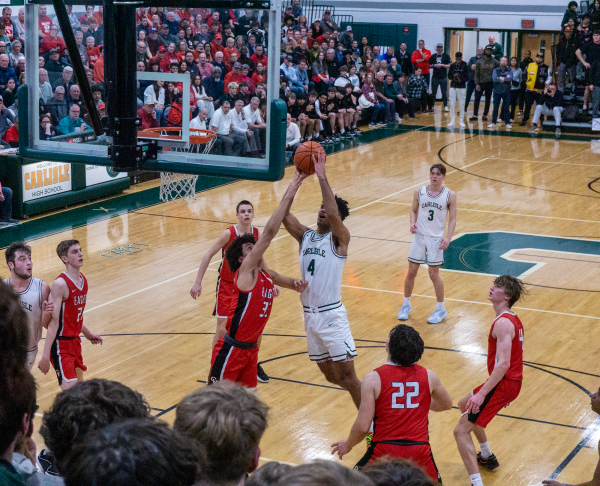
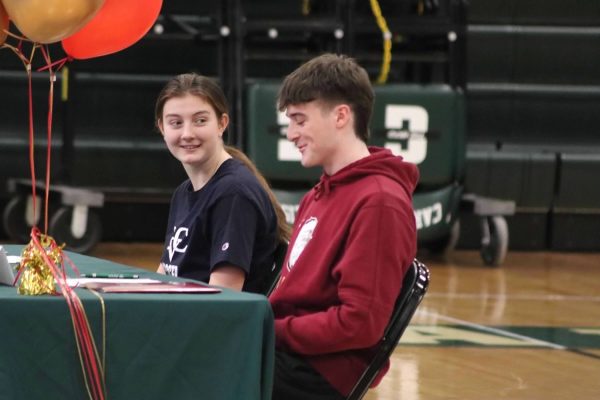
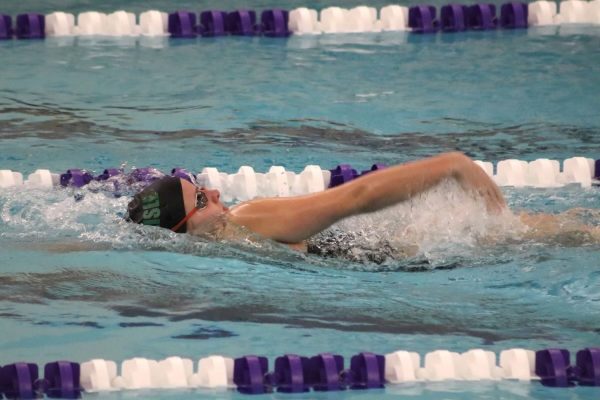
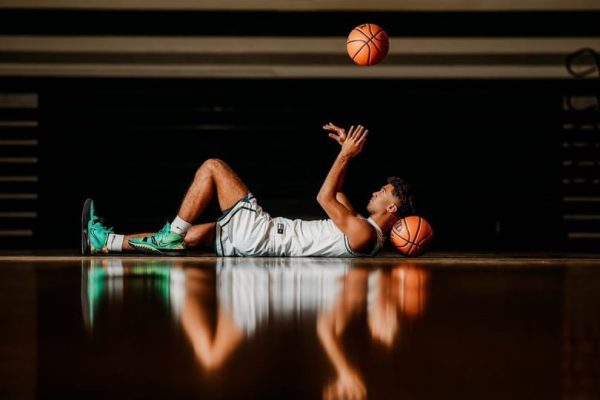

Clara • Jan 20, 2015 at 8:45 am
This article makes me feel for athletes who have lost people in the game. It is indeed sad to see people who love the game, lose to the game. It is also very interesting to see this hit home and how it relates to Carlisle, even if it was in 1980.
Kenleigh Peet • Nov 20, 2014 at 12:41 pm
This injuries and deaths of young athletes is tragic, and often avoidable. Too often the advice of trainers, coaches, parents and doctors is blatantly ignored by athletes who just want to get their fair share of playing time. This is not just the fault of the athletes, but also of society. Sports are always being ridiculed by athletes of other sports, parents, students, coaches, news, everyone really. Athletes need to be taught when it is time to play and when it is time to sit out. They need to be able to make this decision without fear of ridicule or punishment. Limits need to be taught and heeded to prevent avoidable injury.